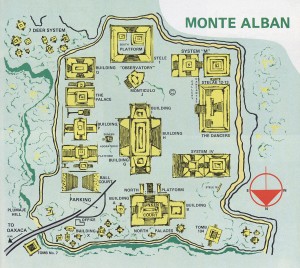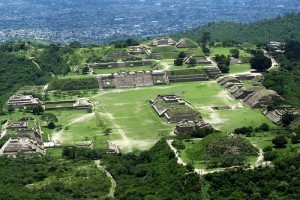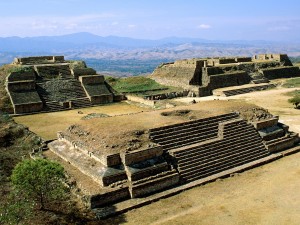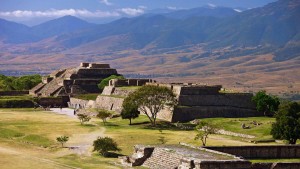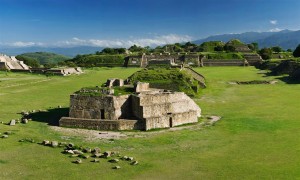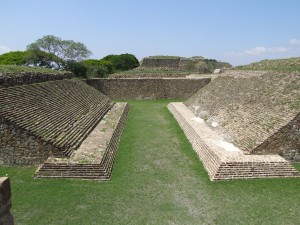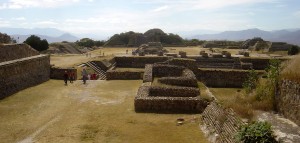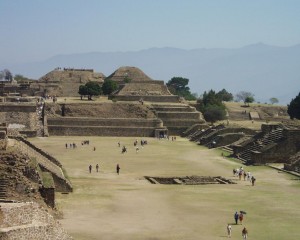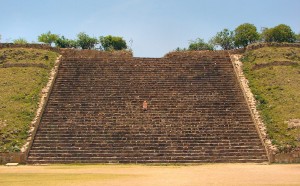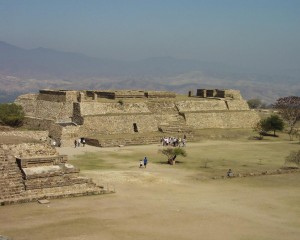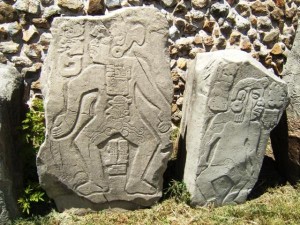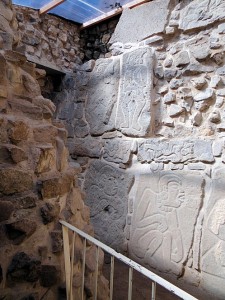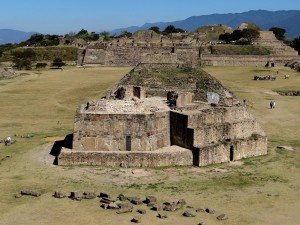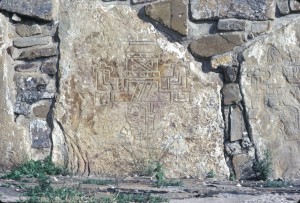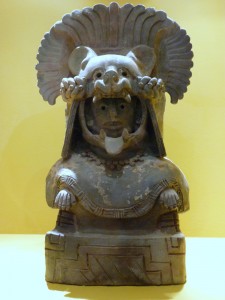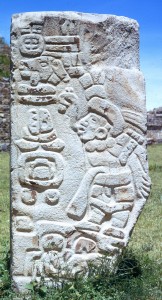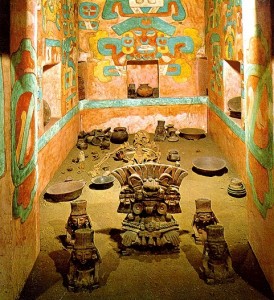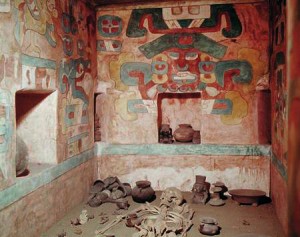Written by Soudip
February 7th 2015Other Places
You Are Here
Home > Mexico > Monuments of Tlacotalpan Historical Facts and PicturesMonte Alban in Oaxaca Historical Facts and Pictures
Monte Alban, the most significant archaeological site in Oaxaca, was inhabited by Mixtecs, Zapotecs, and Olmecs for more than 1,500 years. The artificial mounds, pyramids, canals, dams, and terraces in Monte Alban were carved out of a mountain, symbolizing a holy topography. The site with its ruins of magnificent bas-reliefs (having hieroglyphic inscriptions), tomb complex, ball court, palace, and temples is famous for its unique immaculate dimensions.
Monte Alban Oaxaca: Its History
During Monte Alban I Phase (500-300 BCE), the site grew in population; while during the II (300-100 BCE) and III (100 BCE-CE 200) phases, the ceremonial center along with the North and South Platforms were constructed. Both the II and III Phases marked the urbanization of Monte Alban by the development of conduits, dams, and construction of terraces. Monte Alban IV (CE 200-500) and V (CE 500-1000) phases saw the changes when the city was transformed into a secured and fortified town. The capital of Zapotecs flourished until 850 CE, when its abandonment started due to unknown reasons.
Monuments at the site
Main Plaza
The Main Plaza is the ceremonial or monumental center at Monte Alban. The elite residential and civic-ceremonial structures surround the Main Plaza, delimited on the northern and southern ends by two large “platforms” that are accessible via colossal staircases. The eastern and western ends were bounded by a ball court, elite residences and temples.
Danzantes
Carved stone monuments are found throughout the plaza, the Danzantes being one of them. The Danzantes are carved figures, found near “Building L”, representing naked sacrificial victims in twisted poses with morbid characteristics. More than 300 carved stone figures featuring the common physical traits of the Olmec culture have been identified to date.
Conquest Slabs
Forty large carved stones, commonly called conquest slabs, are found within the walls of “Building J”, depicting places that were controlled or conquered. These carved slabs occasionally appear with additional writings having upside-down heads.
Artifacts
A host of artifacts including “Jaguar goddess”, ceramic jars and figures, and original steles have been excavated at the site. These artifacts are displayed at the Regional Museum of Oaxaca and the National Anthropology Museum in Mexico City.
Category
MexicoWritten by Soudip
February 7th 2015










